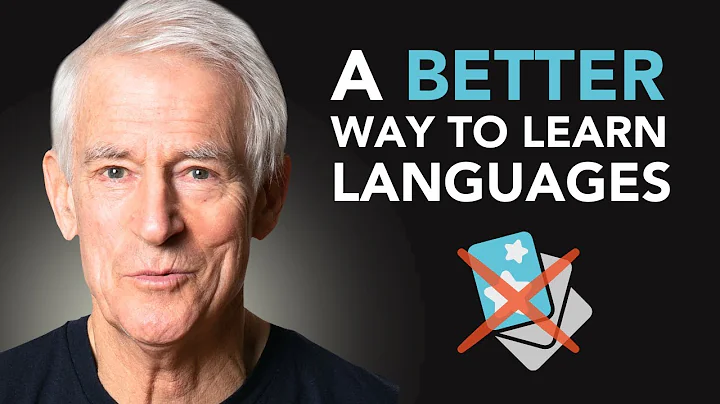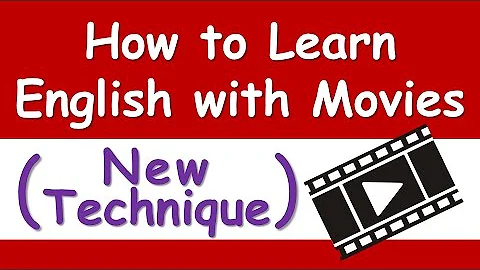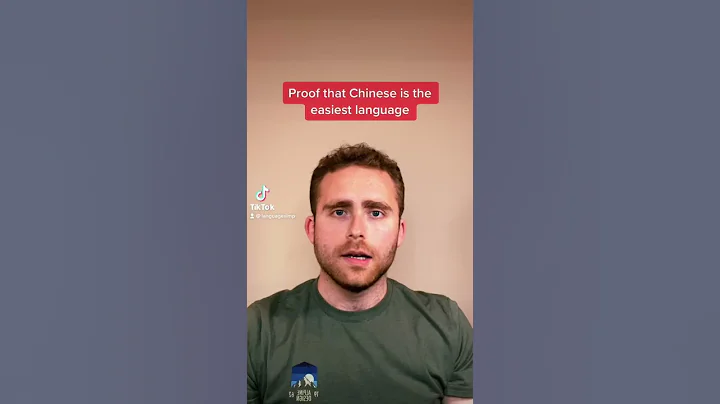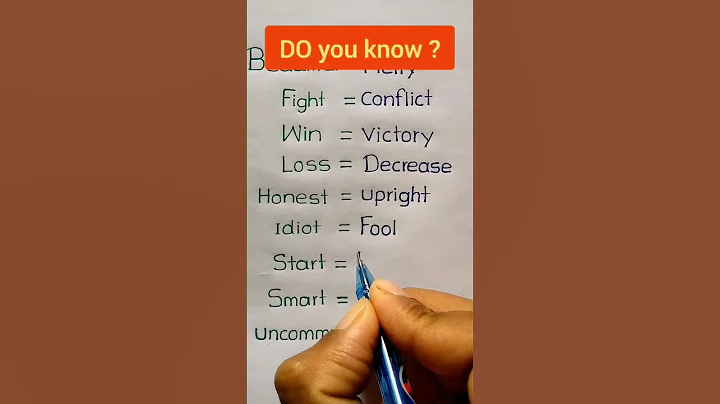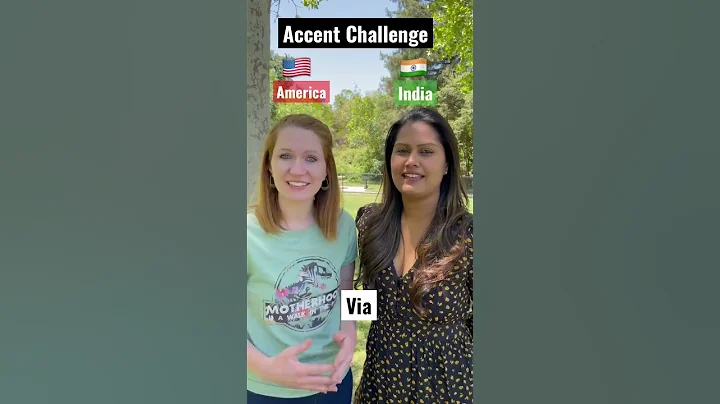For many elementary school students, rhetoric is a headache. There will be test sites for rhetorical techniques in the usual test papers, and the use of rhetorical techniques in the composition can also add a lot of highlights to our composition. However, many children always confuse several rhetorical devices, such as metaphor and analogy, when they are studying.
So today I specially made a mind map of common rhetoric techniques in elementary school, and I will share it with you.

In rhetoric, there are a total of sixty-three major categories and seventy-eight sub-categories. If you want to clarify their concepts, it is very difficult. But at the elementary level, you can’t learn so much. You only need to master a few commonly used rhetoric techniques.
Let me give you an example to see the details of several rhetorical techniques:
1. Metaphor
(1) Simile
Formula: ontology + metaphor + metaphor
metaphor: " Like", "like", "as if"
Example: Many children, like a school of fish, drill up and down in the river.
(2) Metaphor
Formula: ontology + metaphor + metaphor
metaphor: "become", "become"
Example: In the evening, the sun became a big fireball, according to It's red everywhere.
(3) metaphor
Formula: There is no body and metaphor, only metaphor
Example: Both insects are sunk in the yellow tears of the pine tree.
2. Comparison
(1) Anthropomorphic : Anthropomorphic
Example: The sea,How broad your mind is.
(2) Imitation : Human imitation
Example: The crowd, desperately, rushed up.
3. asks
knowingly asks, asks and answers, has questions and answers
Example: Who is our closest person? It's mother.
IV. Rhetorical question
No answer, yes
Example: Can we waste time?
V. Exaggeration
Expand exaggeration: become "big, more, high, strong, deep..."
Example: fly straight down three thousand feet
Reduce exaggeration: become "small, less, low , Weak, shallow..."
Example: A man covered in black, standing in front of Lao Chuan, looking like two knives, pierced Lao Chuan by half.
Exaggeration in advance: from back to front
Example: He hasn't touched his lips with wine, and his heart is already hot.
When learning rhetorical devices, if our children can't figure out the differences between different rhetorical devices, they might as well use mind maps to help them learn. In fact, mind mapping is an older learning method. It connects multiple content together through the linear relationship . Many friends who are studying or working will use this method.
If you want to let your children learn to use mind mapping tools to assist their learning, you might as well try quick drawing. This is a relatively simple drawing tool, even if it is a mind map novice, it can be drawn quickly Satisfied with the picture. Interested friends, you can learn about the specific drawing steps below!
How to use SwiftDraw to draw a mind map of common rhetorical devices in primary schools?
1. Edit content
For primary school rhetorical techniques, mind maps generally expand the content in a progressive manner.First determine the central theme, and then create branches.

2. Edit style
After sorting out the specific content of the primary school rhetorical mind map, in order to be beautiful, generally edit the style content of the map. Make the overall style fit the content context, or look concise overall, etc.
Quick drawing includes editing styles such as styles, icons, themes, relationship lines, and outlines. These editing styles can be used to improve or beautify the mind map. For example, use "icons" to highlight the key or difficult points of the content, and use "summaries" to explain or analyze the content of one or more nodes.

Today’s content is here, if you feel good, you can share it! This will help more people.
.
